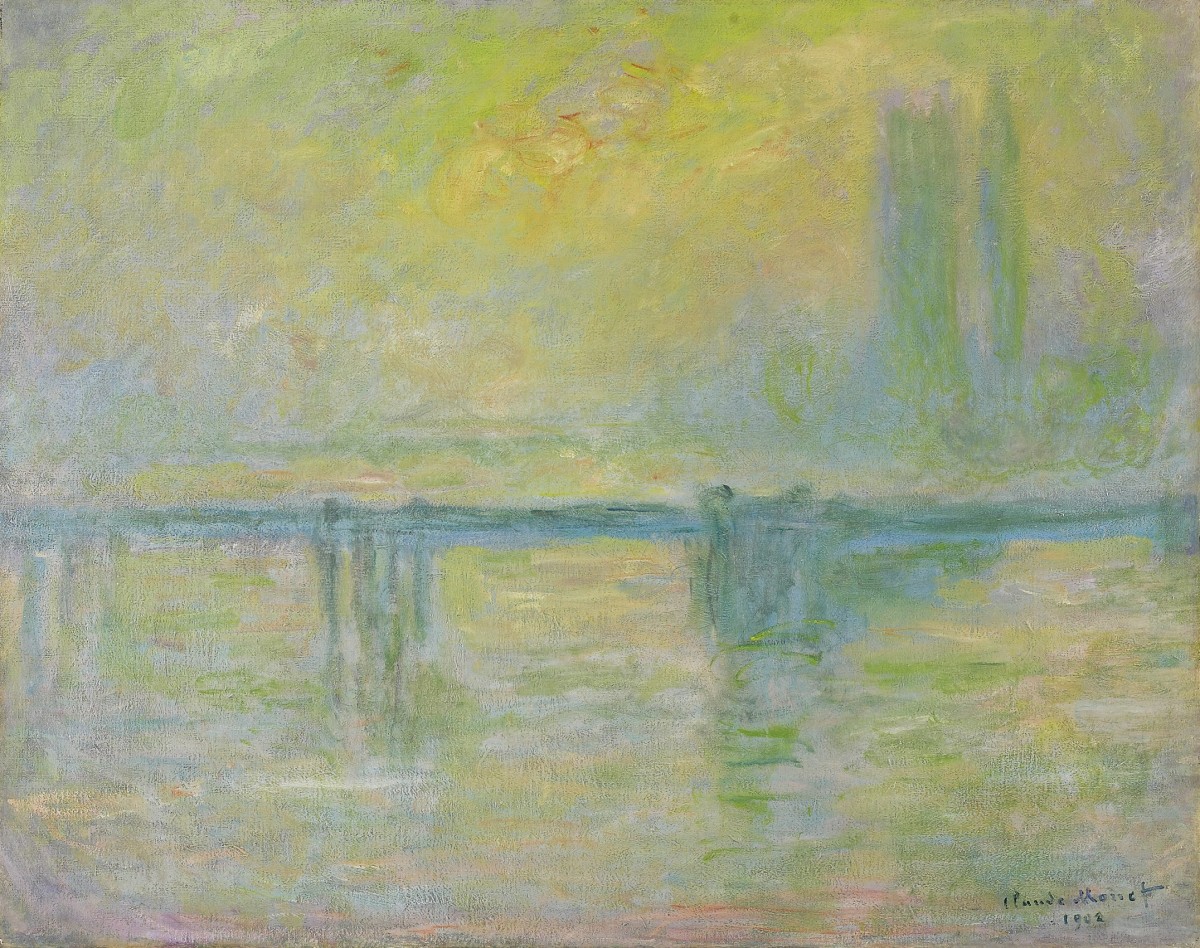A landscape of, by and for the senses
Experience French painter Pierre Bonnard’s experimental use of colour in Paysage du Midi et deux enfants.

Orange children? Blue trees? Experimenting with colour was one of the ways the French artist Pierre Bonnard (1867−1947) distinguished himself from his peers during the late nineteenth and early twentieth centuries. Using colour as a vehicle to convey different sensations and emotions, Bonnard in his monumental painting entitled Paysage du Midi et deux enfants (circa 1916−1918) not only depicts the southern French landscape as a utopian idyll; he produces a sensory experience for the viewer that transports them to a different reality.
A highlight of the AGO Collection, Bonnard’s Paysage du Midi et deux enfants is hard to miss on the Gallery’s Level 1. Happily situated in our Margaret Eaton Gallery (Gallery 137), its vibrant palette and monumental size lures visitors into the area of the museum dedicated to art of the twentieth century.
When you spend time in front of this painting, three things become apparent:
First, it is very difficult for the eyes to focus on any one object depicted in Bonnard’s painting. Whether it be the two orange children in the foreground or the blue trees in the upper right corner, all of the elements in Bonnard’s landscape appear slightly blurred. It is as if Bonnard sees the scene before him only through his peripheral vision. Bonnard’s carefully calibrated use of colour also frustrates our attempts to let our eyes rest comfortably on any one area of the canvas. For example, the trapezoidal area of blue near the lower left corner visually competes with and counterbalances the blue trees in the upper right hand corner, encouraging the eye the move from one end of the canvas to the other.
Secondly, despite the title, there are actually three children in the picture. Look long enough at the shaded area beneath the blue palm tree below and to the right of the painting’s centre, and you will see a third, shadowy figure picking fruit in the orchard. For Bonnard, the goal of art is not to record reality but instead to capture a perception of it, what he called “a transcription of the adventures of the optic nerve.”
Thirdly, and perhaps most obviously, Bonnard’s choice of colours are strikingly unnatural. In a recent lecture about modern art in the AGO Collection, Kenneth Brummel, the AGO’s Associate Curator, Modern Art, discussed Bonnard's work in relation to another key work in the AGO Collection, Claude Monet’s Charing Cross Bridge, brouillard (1902), emphasizing how Bonnard moved away from Monet’s more naturalistic use of colour.
“Although Monet uses these beautiful yellows, greens and purples, they still refer to an actual sunset. They are still natural colours,” says Brummel. “As radical as Monet’s experiments were, his colours remain local…You can see that Bonnard is very much inspired by someone like Monet, in his impressionistic touch and palette. And yet, painting later, you can see that Bonnard, similar to Raoul Dufy, uses arbitrary colours. The Bonnard by contrast is almost a sensory experience, as though the eye was just opening and unable to focus...It is the logical conclusion in some ways of what Monet, by returning again and again to the same scene in different light, was striving for.”
For more insight into modern art in the AGO Collection and its current installation, enjoy Kenneth Brummel’s lecture here.
Looking for more art news from the AGO and beyond? Stay tuned to the AGOinsider.

